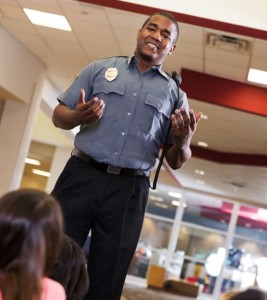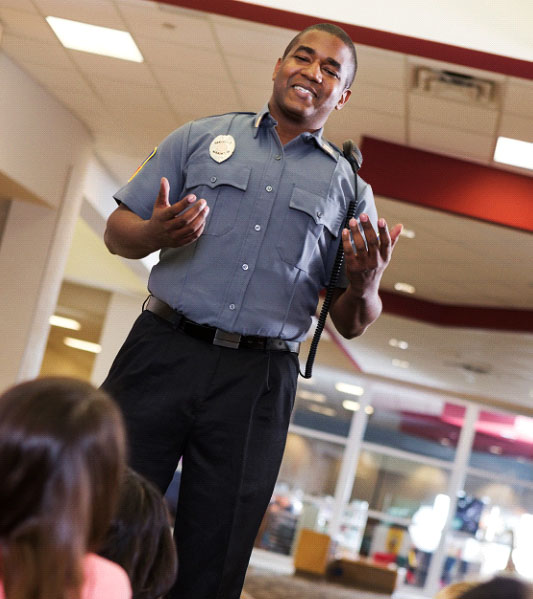 When it comes to child safety in school, law enforcement, school officials, and parents have all come to a similar conclusion—the best way to combat school shootings is to work toward preventing them altogether. A precluded event is far preferable than a rapid response to an active shooter situation. This, however, may be easier said than done. A recent study done by the Bureau of Justice Assistance, in conjunction with the International Association of the Chiefs of Police, highlights many of the causes and responses to school violence.
When it comes to child safety in school, law enforcement, school officials, and parents have all come to a similar conclusion—the best way to combat school shootings is to work toward preventing them altogether. A precluded event is far preferable than a rapid response to an active shooter situation. This, however, may be easier said than done. A recent study done by the Bureau of Justice Assistance, in conjunction with the International Association of the Chiefs of Police, highlights many of the causes and responses to school violence.
There is no one person or position that can effectively recognize and prevent potential violence in schools. It takes the entire community working together to identify the behaviors that can lead to violent incidents and school shootings. Here are some key points from the study above:
The Role of School Administrators, Teachers and Staff in Preventing School Shootings:
School officials should…
- Undertake a comprehensive security assessment of the school grounds, buildings, safety policies and emergency procedures. Each school will have different results but a detailed review will help to highlight any holes in the policies or plans.
- Work with community resources including school resource officers, probation officers, and psychiatric professionals to access and monitor the students’ behavior and activities. These stakeholders should become a constant and regular face in these schools and should be trained on the different types of violence likely to occur in the school, and how to document and report concerning behaviors.
- Create a climate that encourages students, staff, and parents to share potential threats with the school and take these threats seriously. Consider an anonymous confidential hotline in the district.
- Implement bully identification and prevention programs. Statistics show that 75% of school shooters were bullied in school and 61% were motivated by revenge against these perceived persecutors.
- Create positive incentives to reward anti-bullying behavior and create a culture of acceptance and good citizenship. Involve community leaders and law enforcement to publicly recognize these positive behaviors.
- Create conflict resolution seminars and plans to teach students positive and peaceful ways to deal with uncomfortable or stressful instances of conflict before they can turn to violence.
- Consider an alert system that would allow rapid response to a burgeoning threat of violence.
The Role of Parents:
Parents should…
- Report any potentially threatening behavior if their child mentions it.
- Be included in the implementation and design of the safety plans within the schools so they can reinforce many of these ideas at home.
- Regularly discuss key topics, on an age appropriate level, that review the schools policies on bullying, tolerance and good citizenship. They should also make an effort to reach out to their child and stay active in their school activities, concerns and problems.
- Be given resources to educate them on potentially dangerous materials in their home including prescription drugs, alcohol, and firearms, and how to spot the warning signs of dangerous or destructive behavior.
The Role of Law Enforcement:
Law enforcement officers should…
- Work in tandem with schools to educate the stakeholders and address the issues that lead to school violence.
- Create a school resource officer program, which will deter violence by being a visible presence in the school.
- Serve on threat and disciplinary action teams with teachers, counselors, and school officials.
- Initiate programs with schools and parents to address school truancy. Participate in programs for juvenile offenders to prevent repeat offences.
- Maintain a constructive relationship with schools, students, and parents that will highlight the law enforcement officer’s role as a problem solver and positive role model through training seminars, sponsored recreational activities, and general presence.





